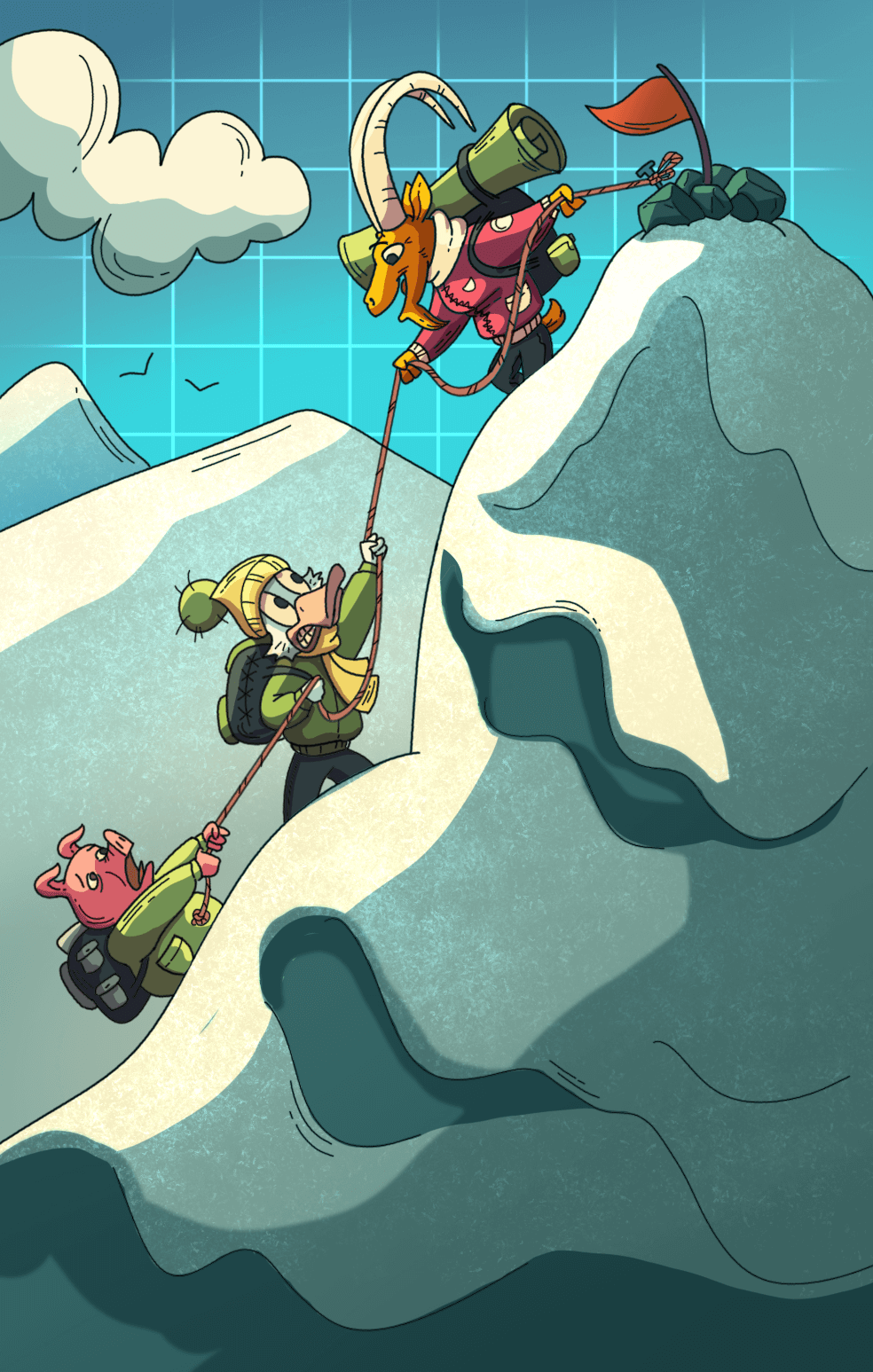
Dating scale
Difficulty level — medium
3months
5specialists
A classic fantasy storyline: the main character had no idea of being a wizard and got very surprised when entering a magical world. That main character has to onboard in the new reality, which takes up a lot of time and effort. If the main character were given some type of reward for mastering new spells, this process would be much easier and more pleasant. This mechanic could also be implemented in business. Set up a system of tasks or actions that will teach your customer how to use your product. The progress will be tracked through the scale. This mechanic will advance the users' engagement in the product, encourage them to make targeted actions, and decrease the support service workload. In comparison, the outcome that was visualized through the scale will motivate them to go on.
Results
Onboarding time will advance
The scale will serve as a visualization of the step-by-step guide on how to use the service. Each completed block on the scale will indicate the progress. Missing blocks can be filled with hints and links to guides. A step-by-step guide to the service with visualizations of progress and achievements makes onboarding more comfortable.
Returns will increase
The majority of people have a strong visual memory. Users will recall where they are in their progress. That will motivate them to use the service and fill in the scale.
Support service workload will decrease
With the proper training at the start, users will have answers to most questions from the beginning. This way, you will receive fewer inquiries to the call center or live chat.
Key Performance Indicators
Retention Rate
Calculate customer retention rate. Use the following formula: R = number of customers at the end of the period — number of customers gained over the period — number of customers at the beginning of the period x 100%.
7 day retention
Assess the customers' 7-day retention to stay up to date. This indicator will show you whether a certain onboarding step is clear or not. Your customers might get stuck at a certain stage.
MAU/WAU
Your goal is to increase the number of monthly active users. Analyze MAU (monthly active users) and DAU (daily active users) indicators. Those are the number of unique users on your service per month or day. Be sure to track users and not just visitors. Define a set of specific actions users can make at your service to track whether they used it.
number of inquiries to support service
Track whether the number of inquiries to support service from new customers has decreased.
Required resources
1
Developer
1
UX/UI designer
1
Copywriter
1
Project manager
1
Product manager
Game mechanics
How to apply the Potion
1
Set up an onboarding program
Create detailed and clear instructions on how to use your product. It can be of any format: from text-based pdf documents to interactive videos and tests. It is advisable also to implement a system of tests or other forms to control the user's skills. First of all, the test result itself will offer feedback to the user. And secondly, you will be able to create a scale based on the test results.
2
Connect the steps of the onboarding process to the scale
There are two options for you to choose from. You can either split the learning process into equal blocks and fill in the scale evenly or split it into uneven blocks. This way, the scale will be filled in more at the beginning and less at the end. All that matters is that at the end, the scale should be filled in; thus, be sure to set up only manageable tasks.
3
Motivate users to keep going
Do this regularly using various communication channels during the onboarding. You should also consider providing links to tutorials in those service spots where your users are most likely to encounter challenges.


